Part 3 – Jewish Immigration Transforms the Vision of America
by Dan Severson
Jews had a major impact on American culture and education in the 20th century. Prior to the rise of the Nazis, intellectuals in countries such as the United States and UK urged their German Jewish colleagues to immigrate. By 1930, one fifth of the population in New York was Jewish. Because the Jewish immigrants, especially the secular variety, tended to be highly educated and skilled in areas such as scientific research, they were quite upwardly mobile. Moreover, not having a homeland of their own, and also that they were fleeing persecution in Russia and Europe, they were determined to make the US a permanent home.
In the 1930s, accelerated arrivals of Jewish immigrants made them more visible to the population as a whole. While there continued to be pockets of antisemitism, Americans were getting used to the presence of Jews in what had been, and still was an overwhelming Protestant country. Jewish influence in the United States was most obvious in academia – the institutions that shaped future generations of Americans. At the end of the 1960s, 17% of institutions of higher learning were led by Jews. At the same time, academics began to advocate for the independence of academic research, free from the influence of church doctrine and theology. Several other factors were involved with these developments, including the social transformation of America. Psychologists, sociologists, social workers, and mental health workers replaced the bible in dealing with life’s problems. Jewish researchers were heavily represented in these areas. In law too, secular Jews had an outsized influence on the ideas of social justice, and made up one third of the activist involved with the civil rights movement.
In the 1960s, America as not just a Protestant empire, but rather a combination of Protestants, Catholics, and Jews began to emerge as the ideal for an American identity.


